Content by SDSU Extension
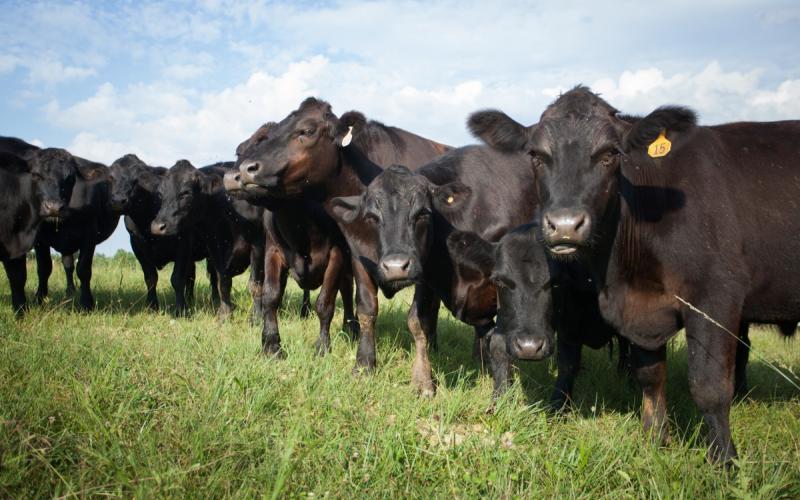
Basics of Body Condition Scoring (BCS)
Fact sheet about the basics of body condition scoring for cattle.
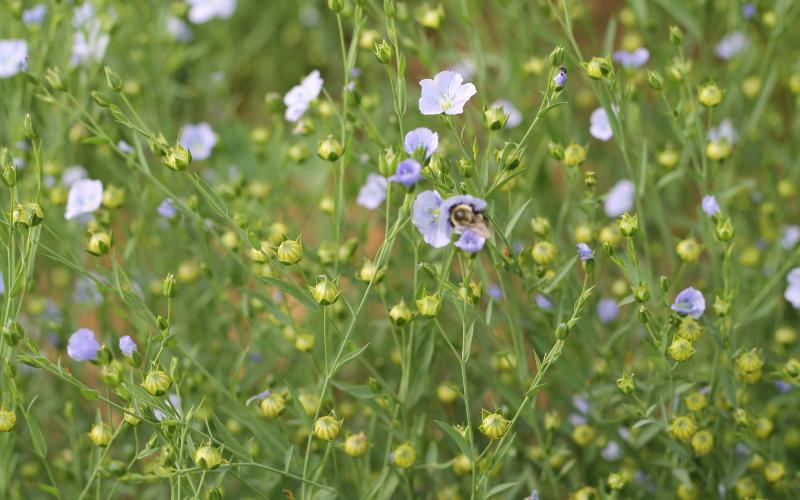
Herbicide Residual Effects on Cover Crops after Wheat
Fact sheet about herbicide residual effect on cover crops after wheat.
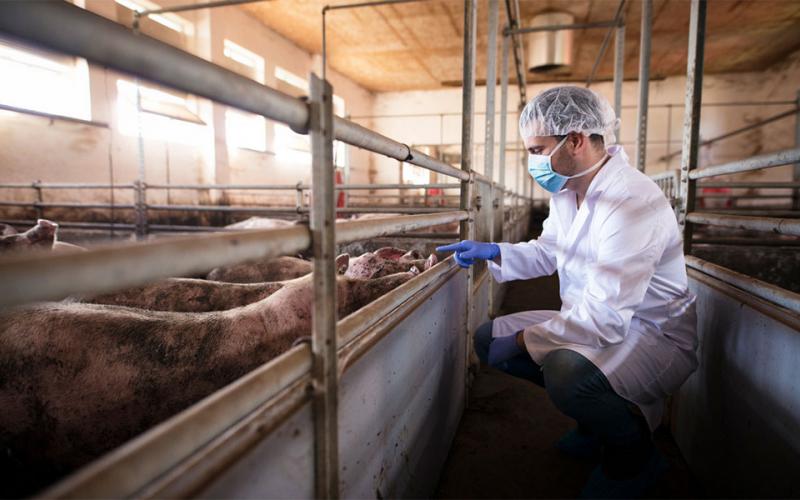
COVID-19 Safety Guidelines for Essential Swine Industry Employees
America’s pig farmers doing the right things to protect people, pigs, and the planet continue, even during this challenging time.

Wean-To-Finish Heating for Newly Weaned Pigs
Newly weaned pigs have some special considerations when it comes to heating. The environmental conditions during this period can have a direct effect on the long-term health of pigs.

The Dish: Real Talk About Food
The Dish: Real Talk About Food is a direct education intervention designed to increase participants' daily intake of fruit and vegetables; whole grains; fat-free or low-fat dairy products; decrease daily intake of sodium and improve food resource management, food safety practices, and physical activity.
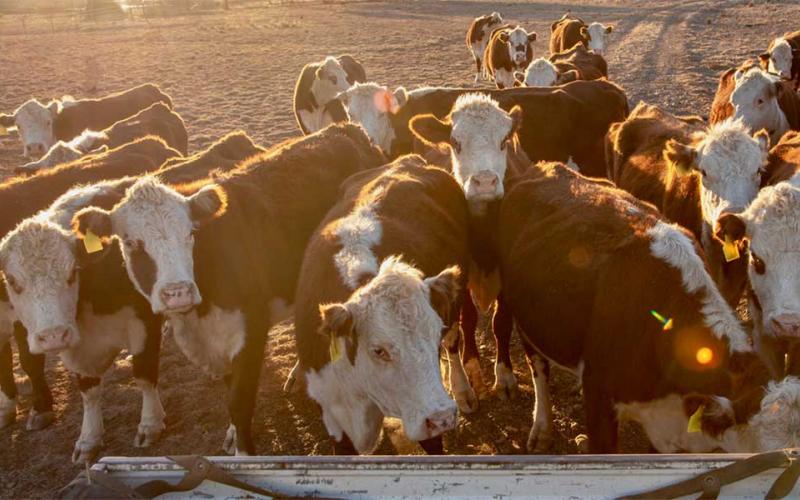
Protein Nutrition and Replacement Heifer Development
With summer coming to an end and weaning for this year’s calves right around the corner, it is not premature for producers to start thinking about next year’s replacement heifers that will be needed to replace any culled or open cows.
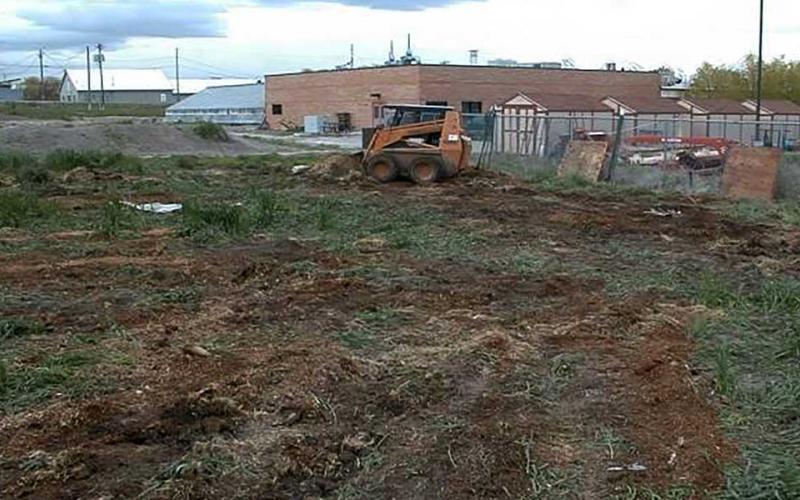
Guidelines for Livestock Carcass Disposal in South Dakota
Everyone who works with animals tries their best to keep all animals alive. In turn, they also know there will always be normal mortality. Proper carcass disposal is crucial in preventing the spread of disease and protecting the environment.

Using Your Breath
The way we breathe can have positive or negative impacts on our health. If you find that moments throughout your day are marked by stress, the following breathing strategies may be techniques to try.
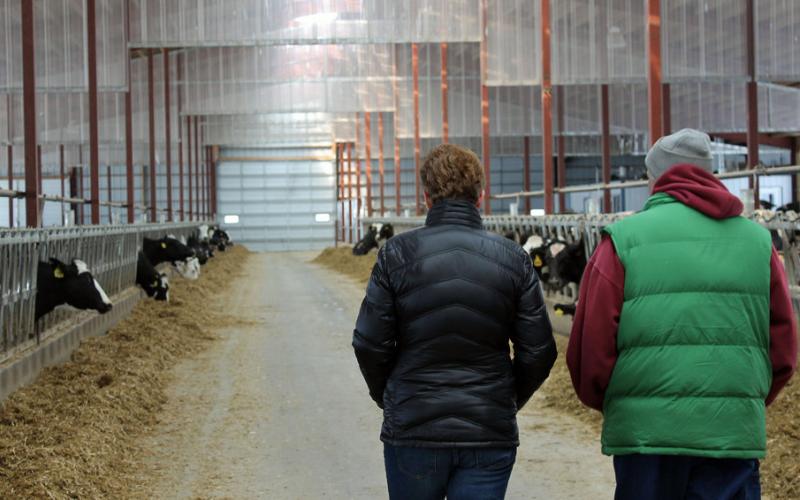
Emergency Preparedness on Dairies
Being prepared for an emergency on your dairy can significantly improve recovery time from an unexpected incident.

Civil Rights
SDSU Extension is an equal opportunity provider and employer in accordance with the nondiscrimination policies of South Dakota State University, the South Dakota Board of Regents and the United States Department of Agriculture.